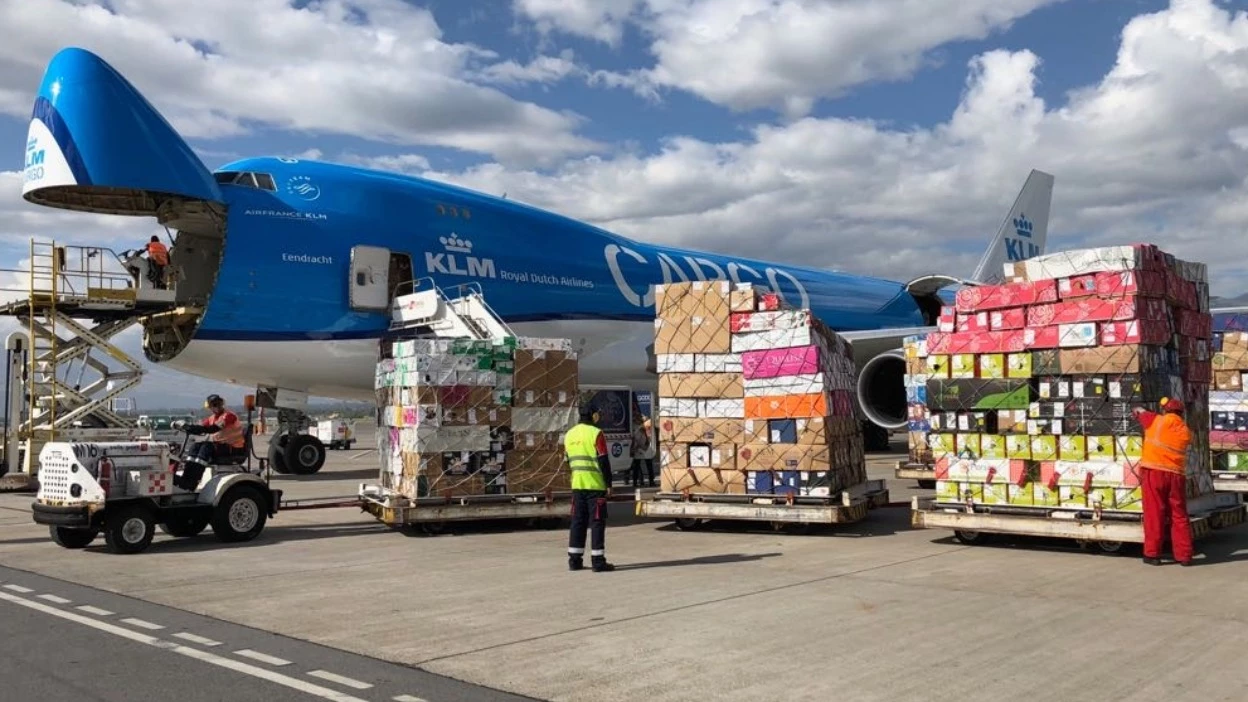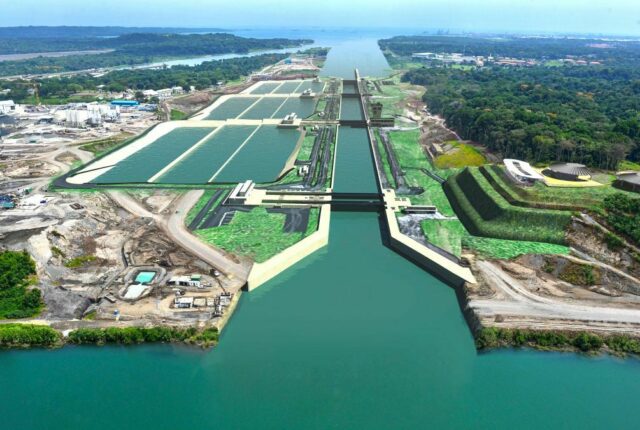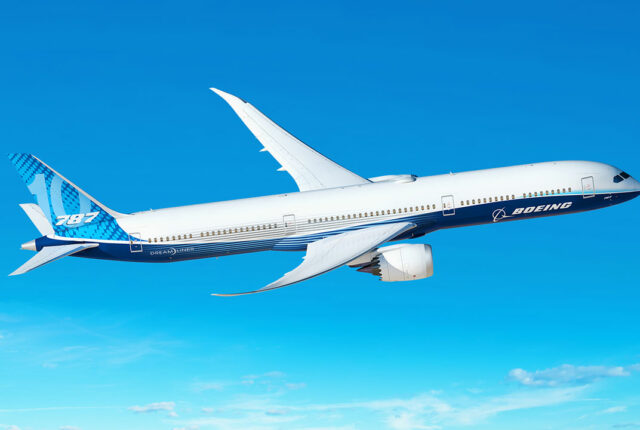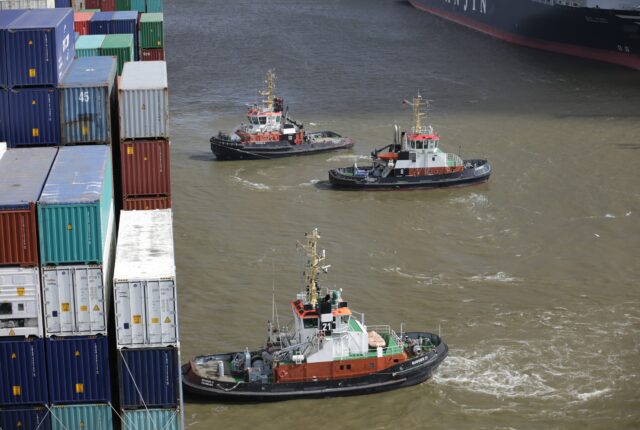
Post-Pandemic Recovery: How Dutch Air Cargo Routes Have Evolved
The COVID‑19 pandemic upended global aviation, grounding passenger fleets and disrupting cargo operations worldwide.
In the Netherlands, a country known for its logistical prowess, air cargo played a crucial role in stabilizing supply chains. Now in 2025, Dutch air cargo routes have evolved significantly—adapting to new global demands, reshaped airline strategies, and long-term infrastructure investments.
The Pandemic Shock and the Pivot to Freighters
At the onset of the pandemic, as passenger travel plummeted, up to 80% of global air cargo capacity vanished due to the reliance on passenger aircraft belly space. Dutch carriers quickly pivoted to all-cargo operations, converting passenger planes into temporary freighters.
Schiphol Airport saw a surge in dedicated cargo flights, and regional airports like Maastricht–Aachen experienced a significant boost in freight volumes. Carriers such as Martinair expanded operations, ensuring critical supplies kept flowing.
The Freight Boom: Record Volumes and High Demand
With maritime disruptions and surging demand for personal protective equipment and e-commerce goods, Dutch air freight saw unprecedented demand. By 2021, Schiphol reported record cargo values, with volumes continuing to grow in subsequent years. Although global freight demand began to normalize in 2023, tonnage in the Netherlands remained strong, buoyed by high-value cargo and efficient infrastructure.
Shifts in Route Networks
The recovery brought substantial changes in international cargo routes:
- Asia–Europe routes remained dominant, especially between Amsterdam and major Chinese hubs.
- Middle Eastern routes, notably to Doha (+26%) and Abu Dhabi (+32%), grew significantly.
- Transatlantic connections, especially to cities like Chicago, strengthened as North American trade rebounded.
These routes adapted to changing geopolitical conditions and supply chain dynamics, ensuring Dutch cargo operators stayed competitive in global markets.
Resurgence of Belly Capacity
As passenger traffic returned post-pandemic, belly cargo capacity also rebounded. By 2023, belly space accounted for nearly half of all global cargo capacity. Dutch airports, particularly Schiphol, benefitted from this rebound as airlines reinstated long-haul passenger routes, increasing available cargo space.
Although cargo load factors decreased from the pandemic highs, they returned to pre-COVID levels, indicating a healthy balance between supply and demand.
Regional Logistics and Economic Impact
Despite ongoing challenges like inflation, geopolitical uncertainty, and rising energy prices, Dutch logistics showed resilience. The broader transport and logistics sector experienced modest growth. While some neighboring airports reported slight declines in cargo volumes, the Netherlands maintained its role as a key European freight hub thanks to a diversified cargo mix and consistent service levels.
Strategic Infrastructure Investments
To support future growth, Schiphol launched a long-term infrastructure upgrade worth several billion euros. Projects include expanded piers, upgraded cargo facilities, improved baggage systems, and enhanced sustainability features. These upgrades aim to streamline cargo operations and maintain Schiphol’s position as one of Europe’s leading air cargo airports.
E-Commerce and High-Value Freight Trends
Post-pandemic air cargo in the Netherlands shifted toward higher-value, time-sensitive goods. While e-commerce remains a major driver, other segments such as pharmaceuticals and perishables are increasingly prominent. Specialized facilities at Dutch airports support the handling of temperature-sensitive goods, enhancing the Netherlands’ value proposition in global trade.
The Role of Cargo-Only Airlines
Dedicated freighter airlines have become more important in the Dutch cargo ecosystem. Martinair and other freighter operators have maintained and expanded key intercontinental routes. While the withdrawal of some temporary “preighter” services caused short-term volume dips at regional airports, cargo-only airlines continue to offer reliable alternatives to belly freight.
Sustainability and Future-Proofing
Looking ahead, sustainability and digital transformation are top priorities for Dutch air cargo. Airlines and airports are exploring:
- Use of sustainable aviation fuel (SAF)
- Fleet upgrades to more efficient aircraft
- Digital logistics systems for better cargo tracking and route optimization
These initiatives not only reduce environmental impact but also enhance competitiveness in a regulation-driven future.
Strategic Outlook and Conclusion
Dutch air cargo routes have evolved from reactive adaptations during the pandemic to a mature, future-ready network. The sector’s rebound has been underpinned by:
- A balanced use of freighter and belly capacity
- Strategic re-routing to meet global demand shifts
- Heavy infrastructure investment and modernization
- A focus on high-value, time-sensitive cargo
- A commitment to sustainable operations
As global trade continues to grow and diversify, the Netherlands remains a pivotal player in international air cargo, thanks to its adaptability, strategic planning, and world-class infrastructure.
FAQs
How did the Netherlands maintain air cargo flow during the pandemic?
The Netherlands relied on converting passenger aircraft into freighters and increasing dedicated cargo flights to ensure supply chains remained uninterrupted.
What were the most important trade routes for Dutch air cargo post-pandemic?
Key routes included those to and from Asia (especially China), the Middle East (Doha, Abu Dhabi), and North America (Chicago, New York).
What types of goods dominate Dutch air cargo exports and imports?
Pharmaceuticals, perishables, electronics, and e-commerce goods dominate the cargo mix, with increasing emphasis on high-value and time-sensitive items.






